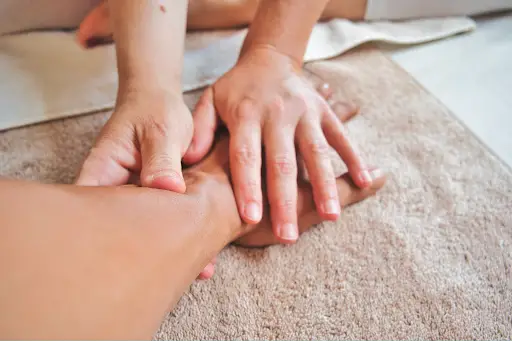
How To Get Active Again After Suffering A Joint Injury
Joint injuries can be physically and emotionally challenging, but they don't have to mark the end of an active lifestyle. Whether you've experienced a sprained ankle, torn ligaments, or any other joint-related issue, recovery and rehabilitation are crucial steps toward reclaiming your mobility and vitality. In this article, we'll explore a comprehensive guide on how to get active again after suffering a joint injury, enabling you to rebuild your strength, and confidence, and regain your zest for life.
Understand Your Injury
To begin the journey to recovery, it's essential to fully understand your injury. Different joint injuries require various approaches to rehabilitation. Consulting with a medical professional, such as an orthopedic specialist or a physical therapist, is vital to determine the severity of your injury and the best course of action.
Once you have a clear diagnosis, ask your healthcare provider to explain the injury, its causes, and what you can expect during the healing process. Understanding the nature of your injury, whether it's a torn ligament, a dislocated joint, or arthritis, will help you make informed decisions about your recovery plan.
Follow Your Rehabilitation Plan
Once you have a clear understanding of your joint injury, it's time to follow your rehabilitation plan. This plan, typically prescribed by a medical professional, may include a combination of physical therapy, exercises, and lifestyle adjustments. Consistency is key in this phase.
Physical therapy is often a cornerstone of joint injury recovery. A skilled physical therapist will work with you to strengthen your ankle post-injury and help you gain flexibility in the affected joint. They may use various techniques like stretching, resistance training, and manual therapy to help you regain function and reduce pain.
Gradual Progression is Key
Recovering from a joint injury is a marathon, not a sprint. It's essential to be patient and recognize that progress may be gradual. Rushing back into your regular activities too soon can risk re-injury and prolong your recovery time. Your rehabilitation plan should include a progressive increase in activity and intensity. Your physical therapist will guide you on when and how to introduce weight-bearing exercises and functional movements.
Embrace Support and Self-Care
Recovery from a joint injury can be emotionally taxing. It's normal to feel frustrated, anxious, or even depressed at times. Embrace a support network of friends, family, and perhaps even a mental health professional to help you navigate the emotional challenges that come with healing. Sharing your concerns and progress with those around you can provide a strong support system and motivate you to stay committed to your recovery journey. Additionally, self-care is crucial in the rehabilitation process. Pay attention to your overall health, including diet, sleep, and stress management.
Recovering from a joint injury requires dedication, patience, and a holistic approach. By understanding your injury, following your rehabilitation plan, gradually progressing, and embracing support and self-care, you can make a triumphant return to an active lifestyle. Remember, setbacks may occur, but they are a natural part of the recovery process. Be kind to yourself and keep your eyes on the prize – a life filled with mobility, strength, and vitality. Your joint injury doesn't define you; your determination to heal and thrive does.